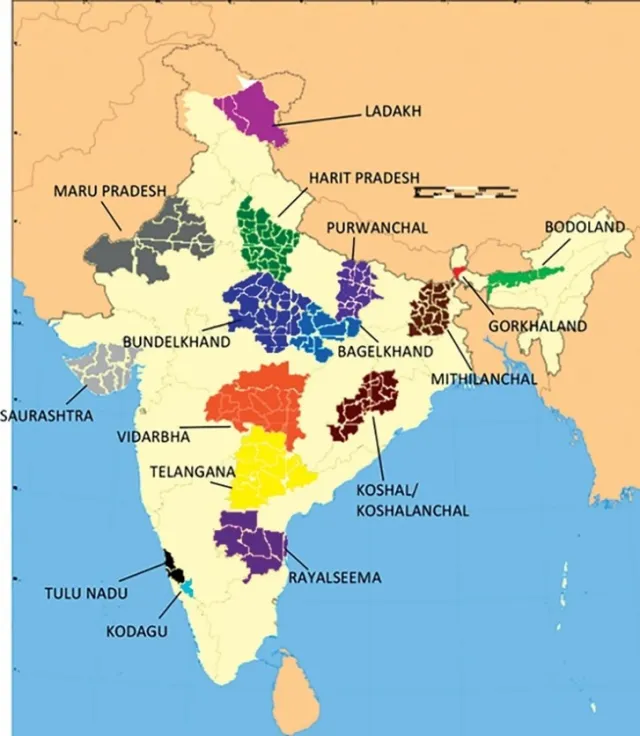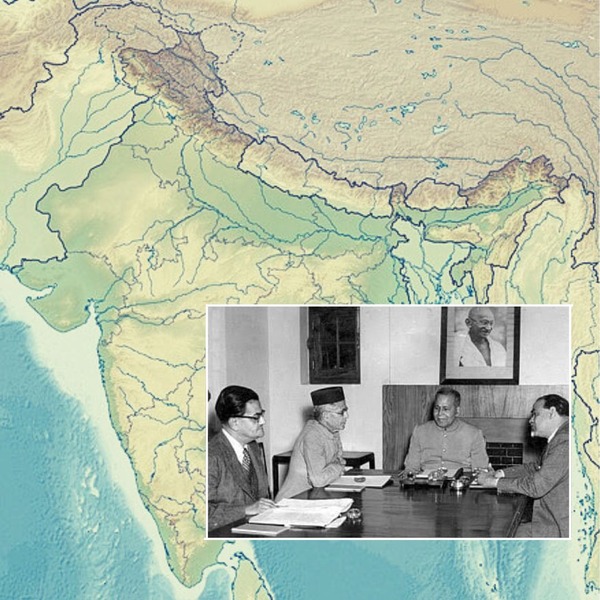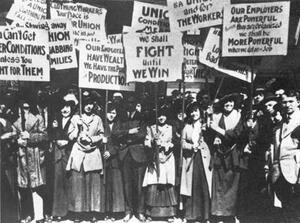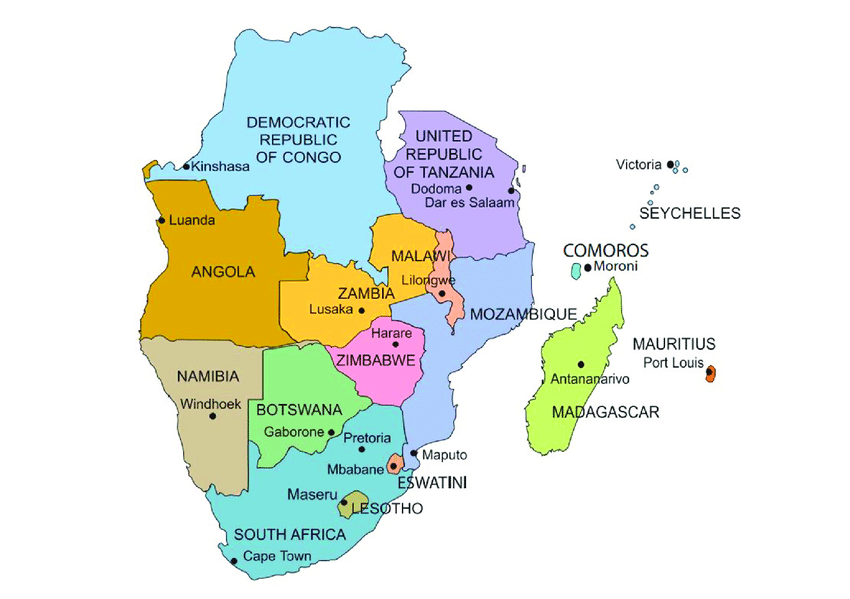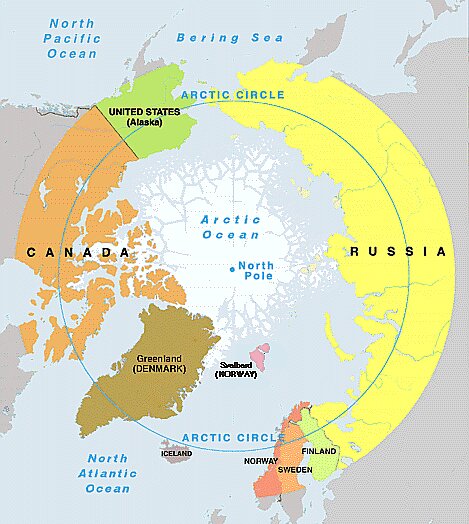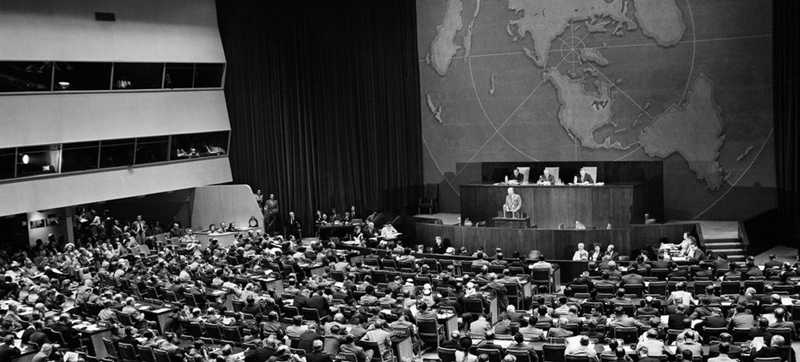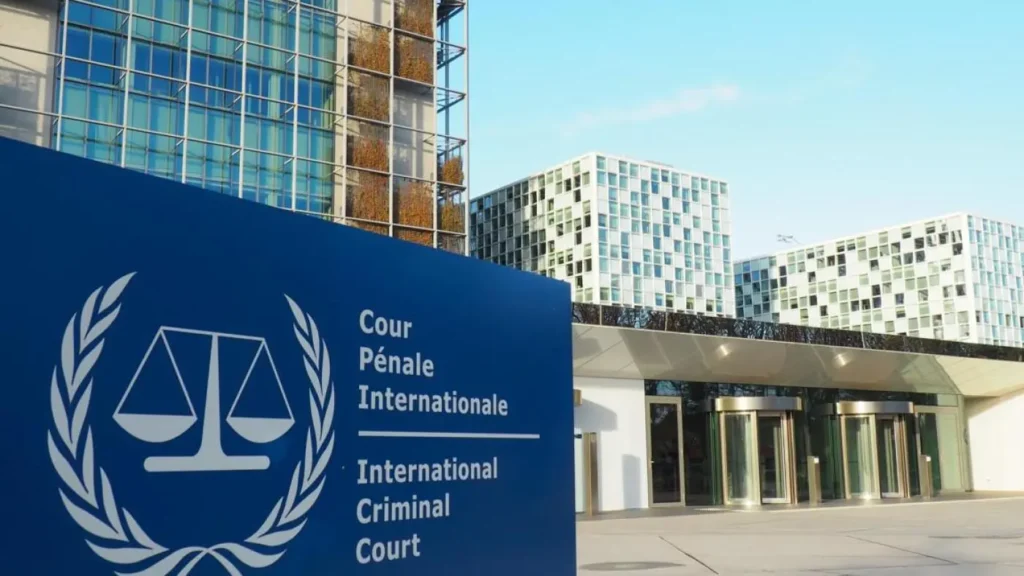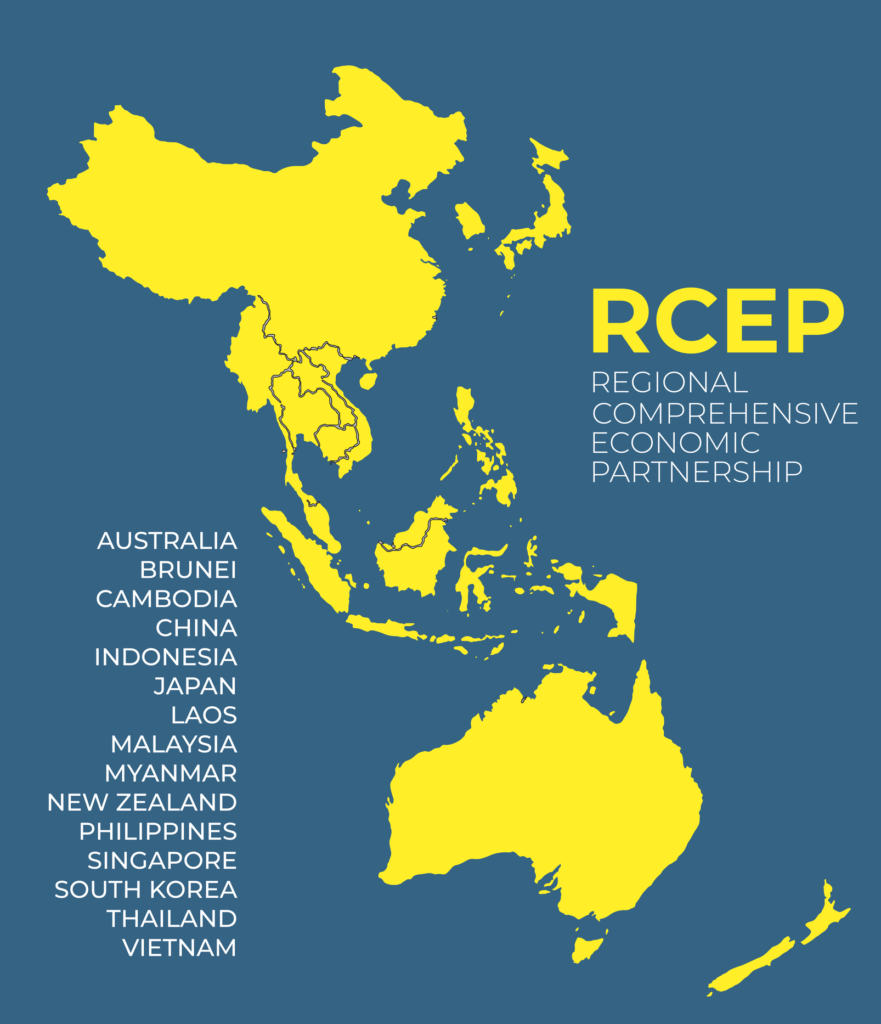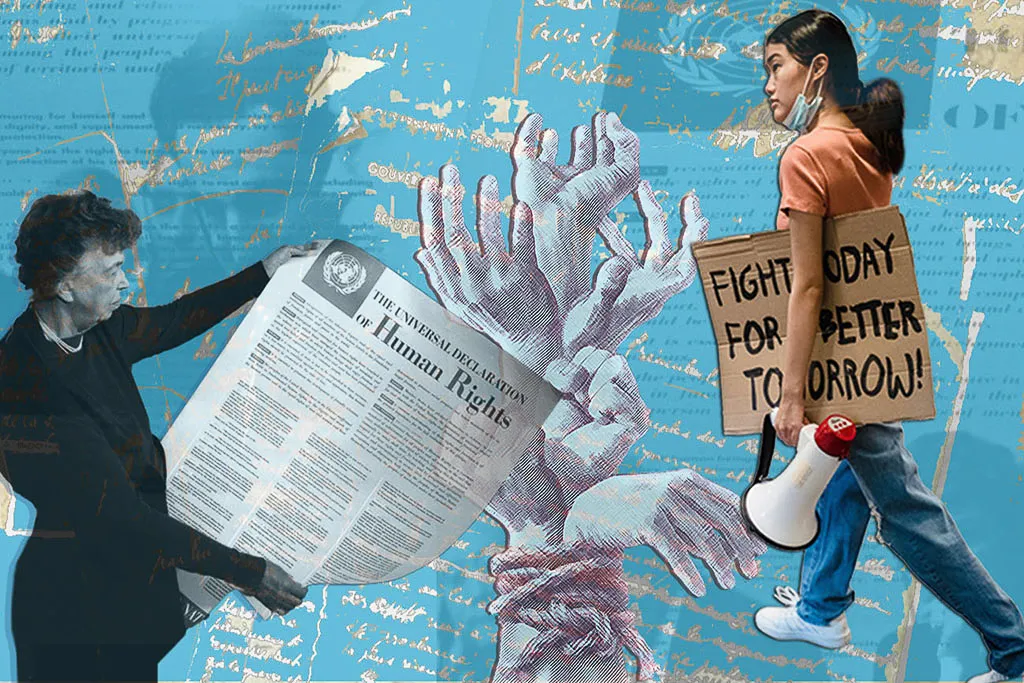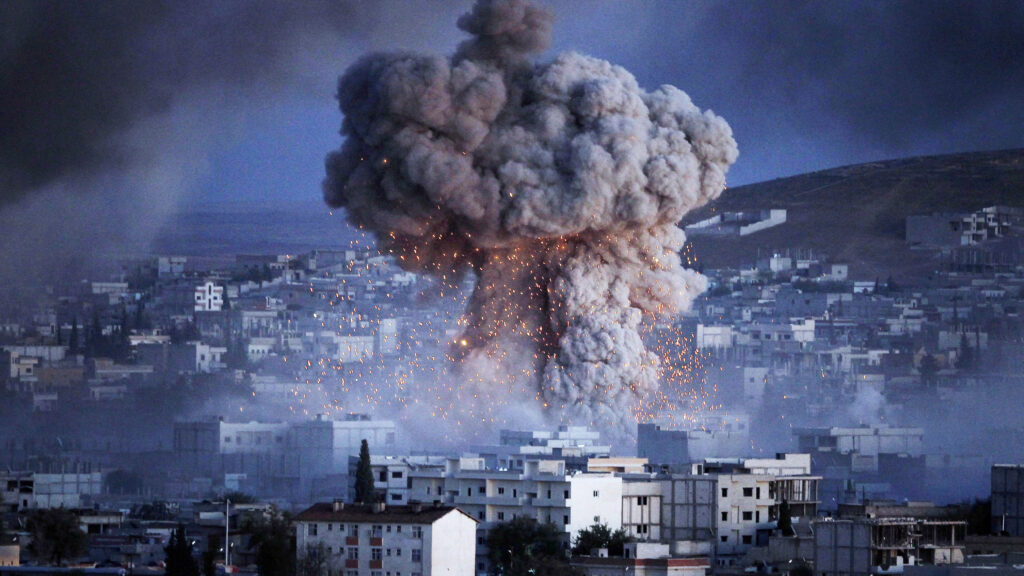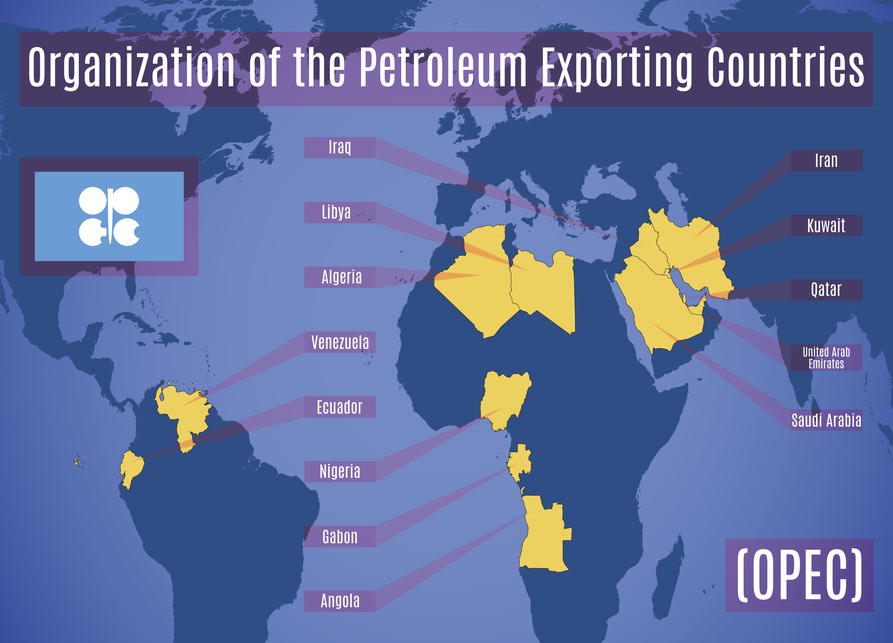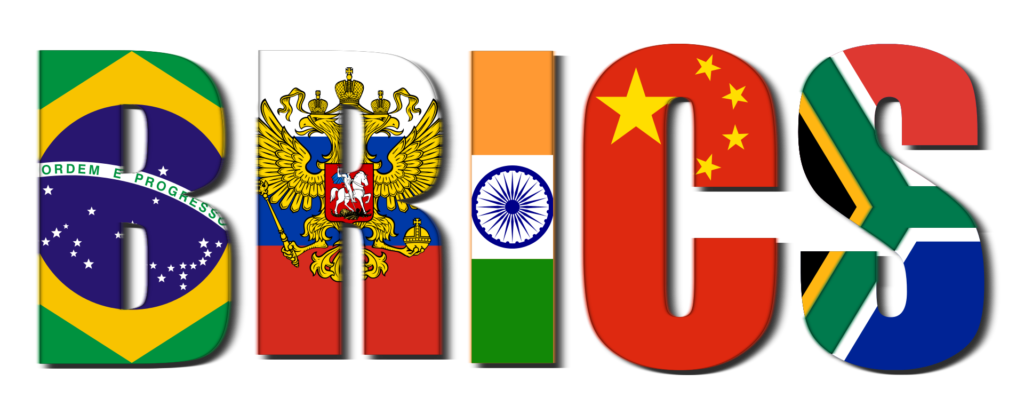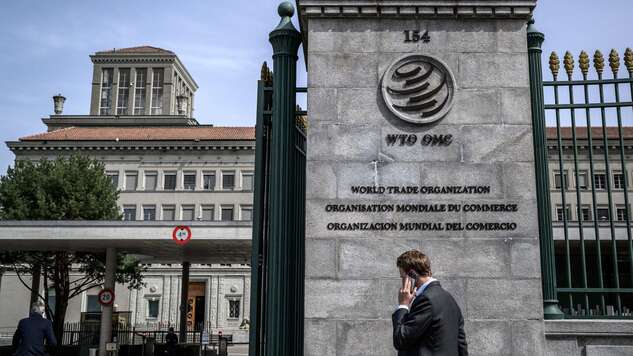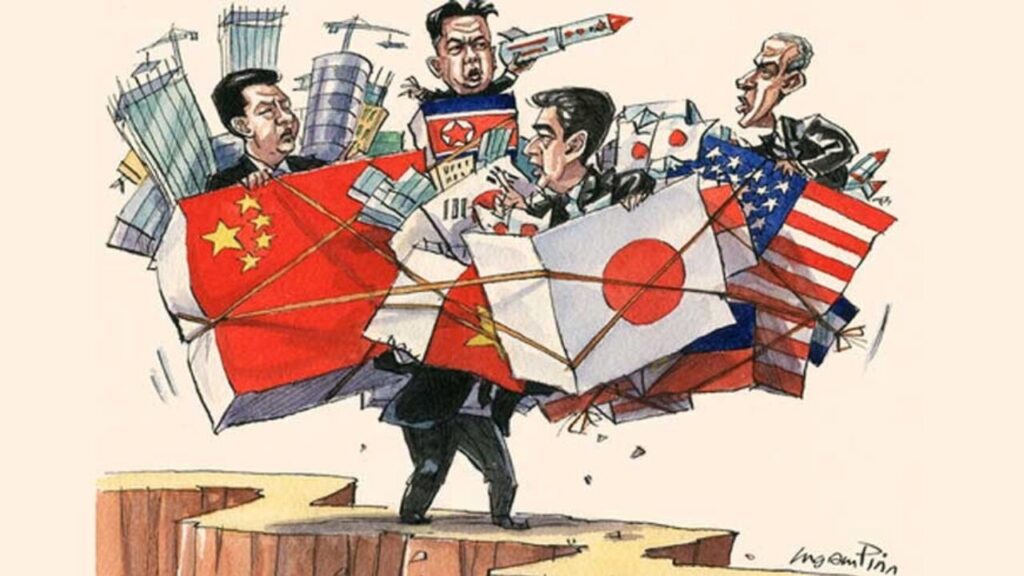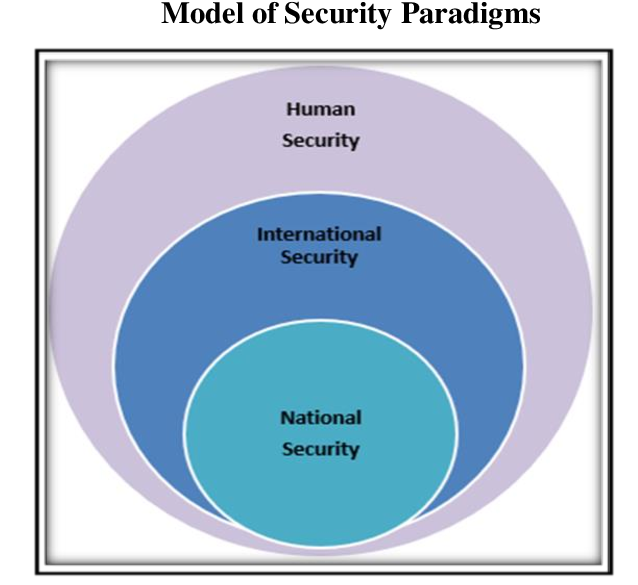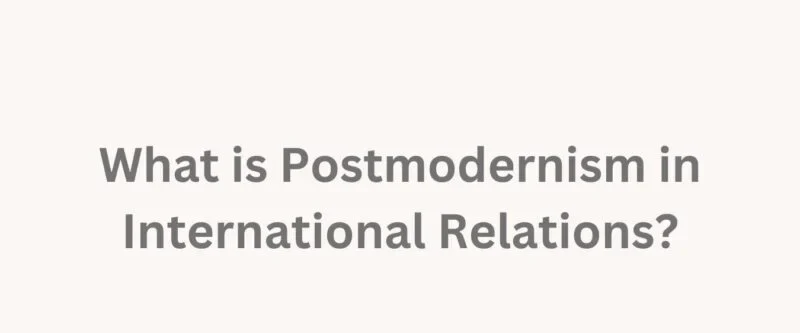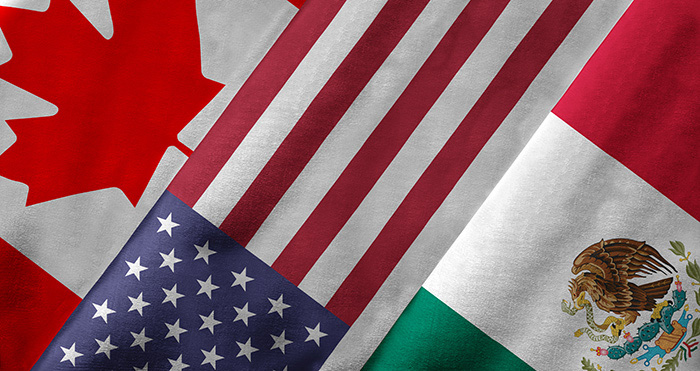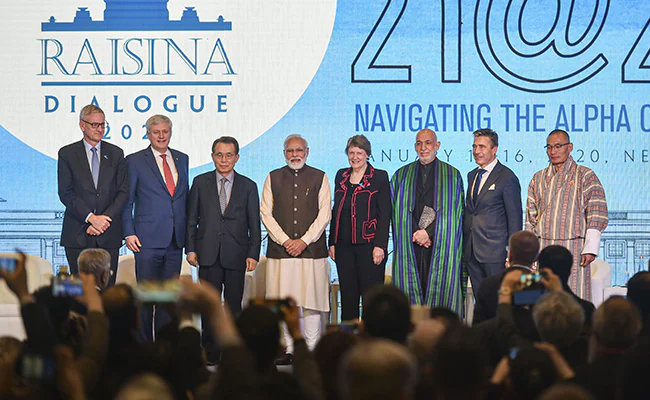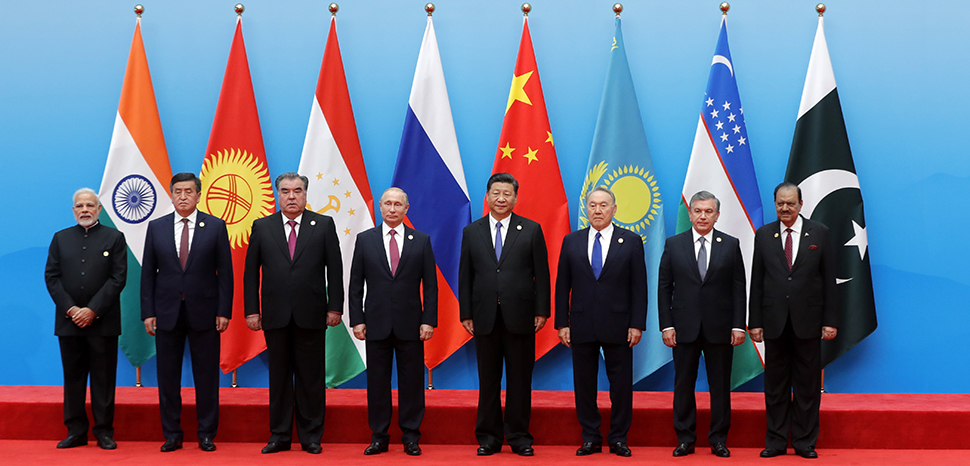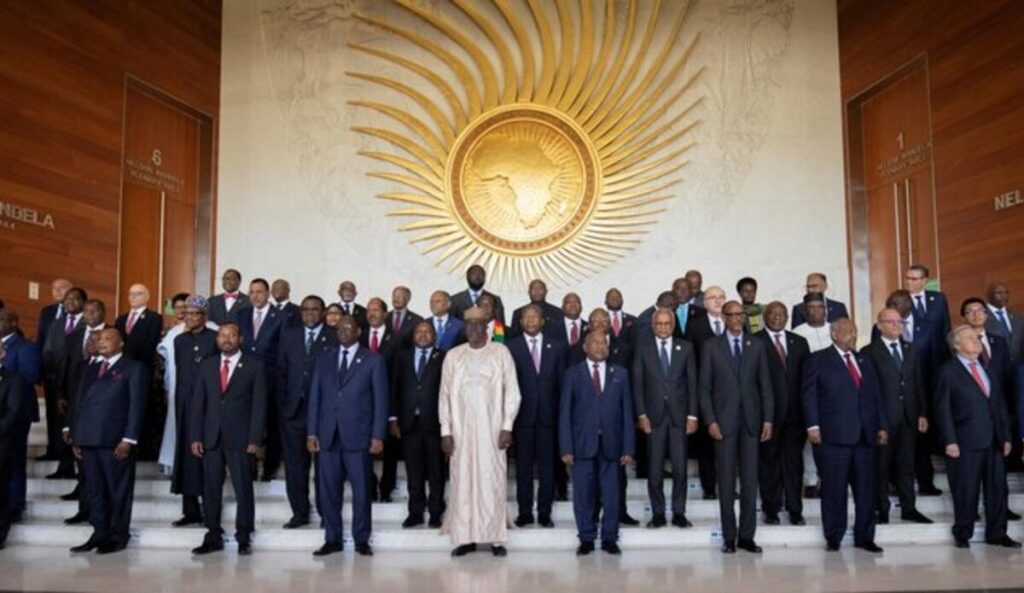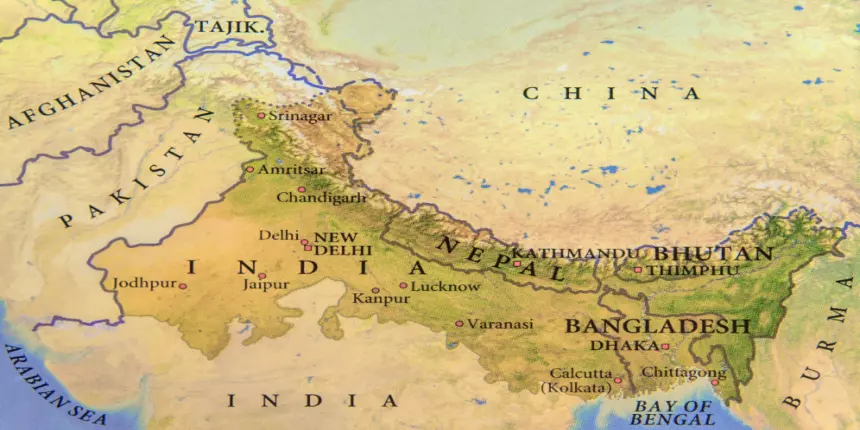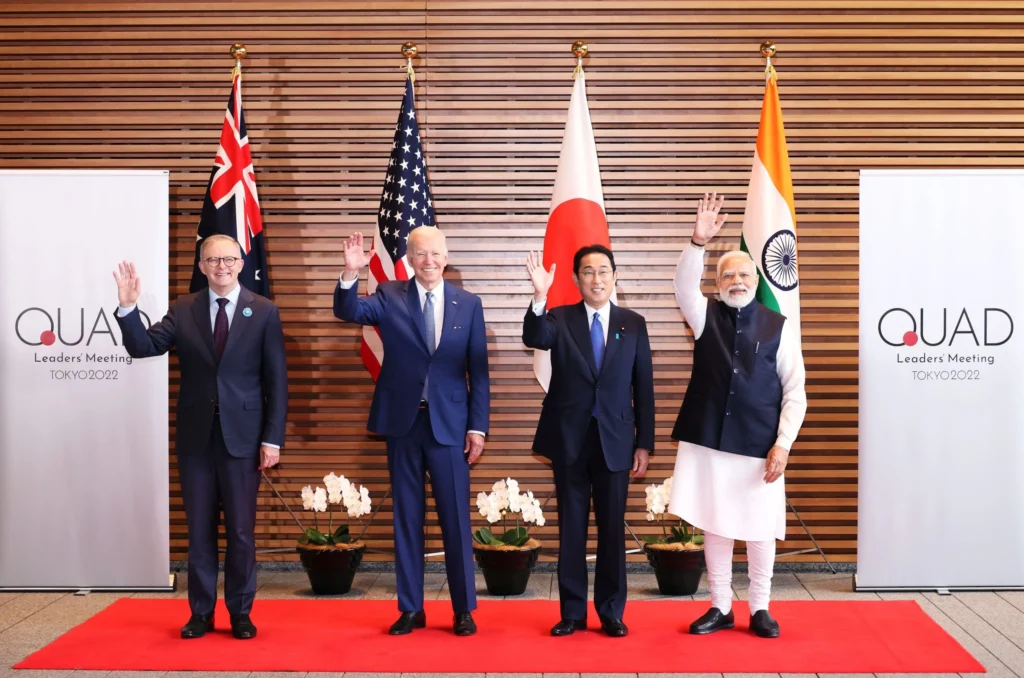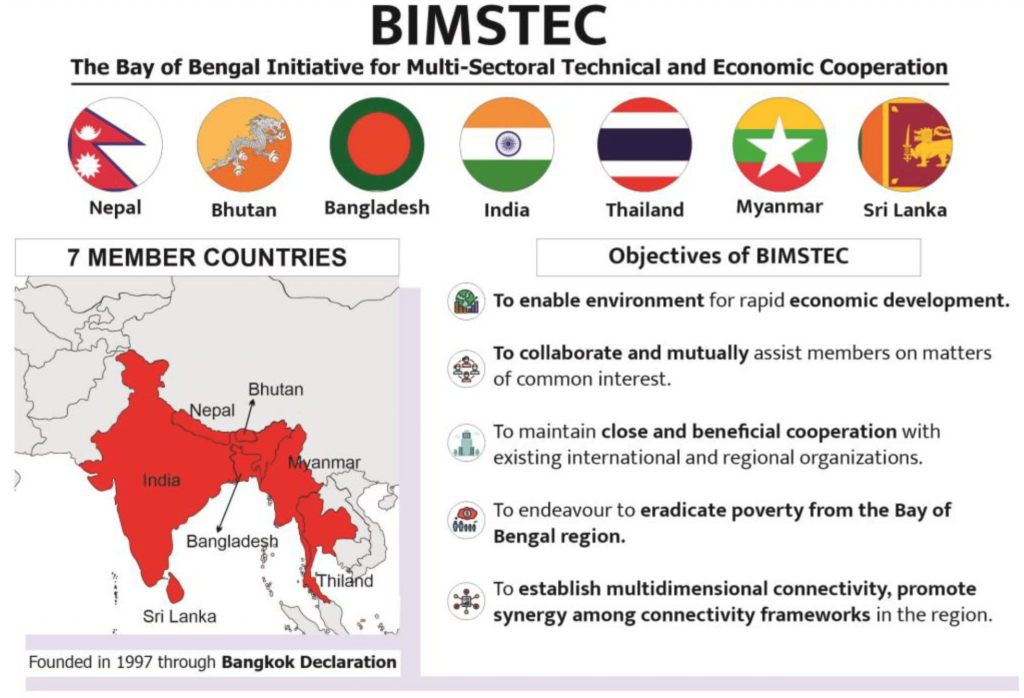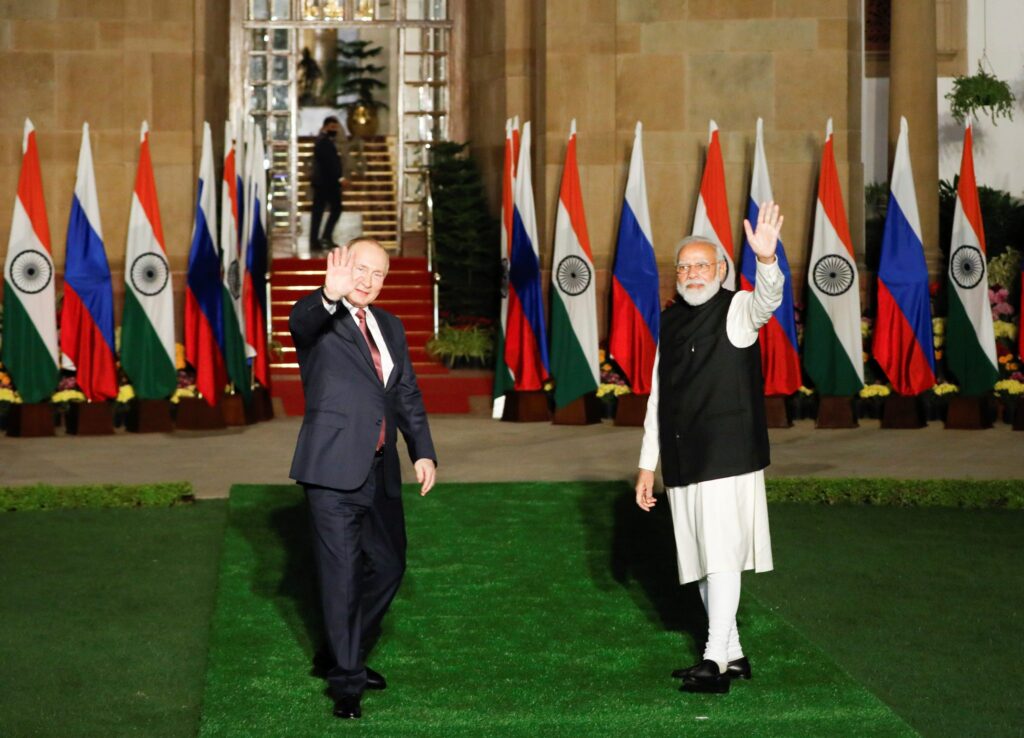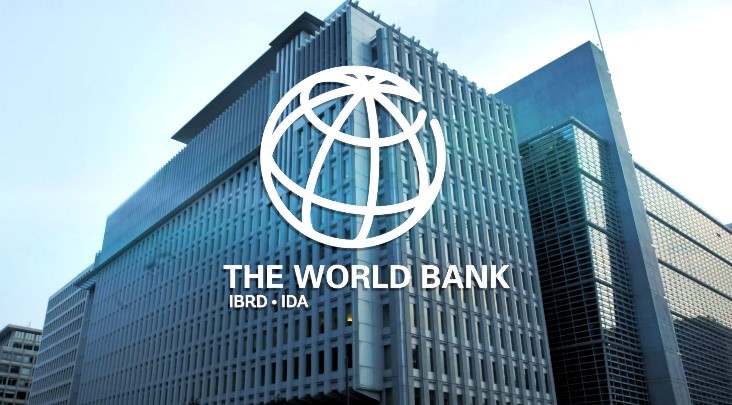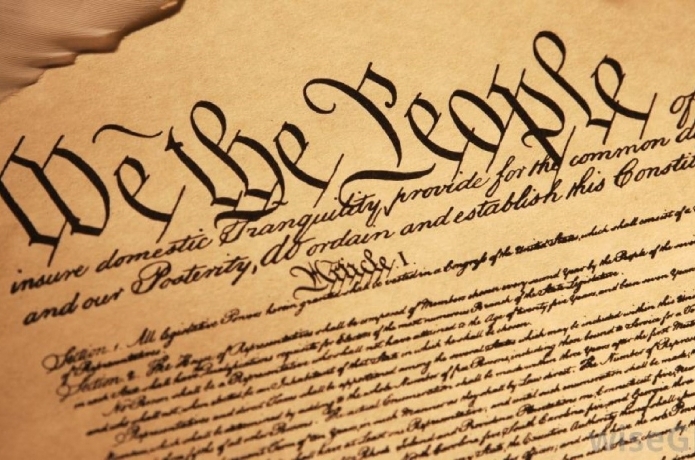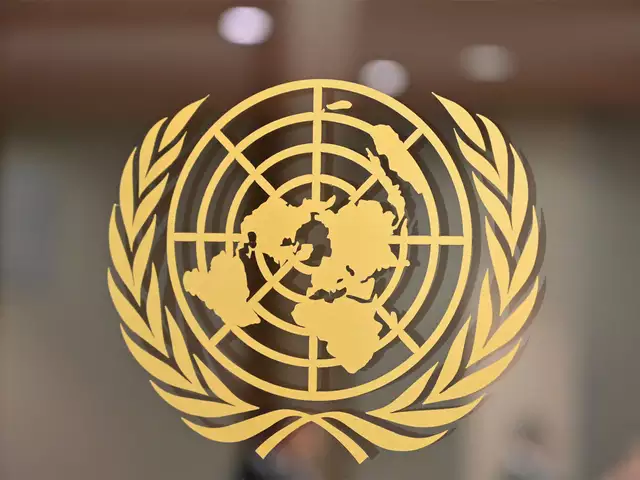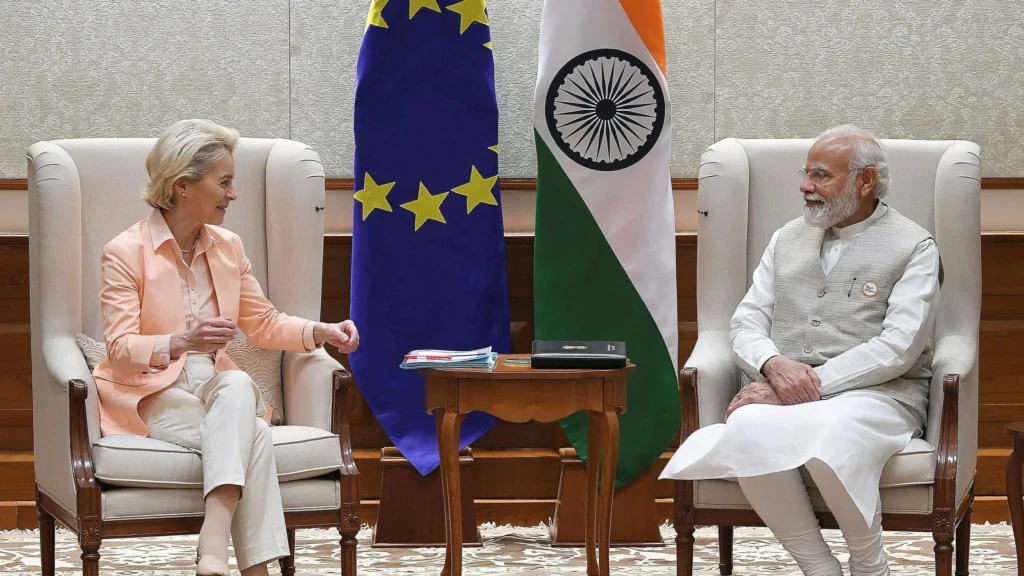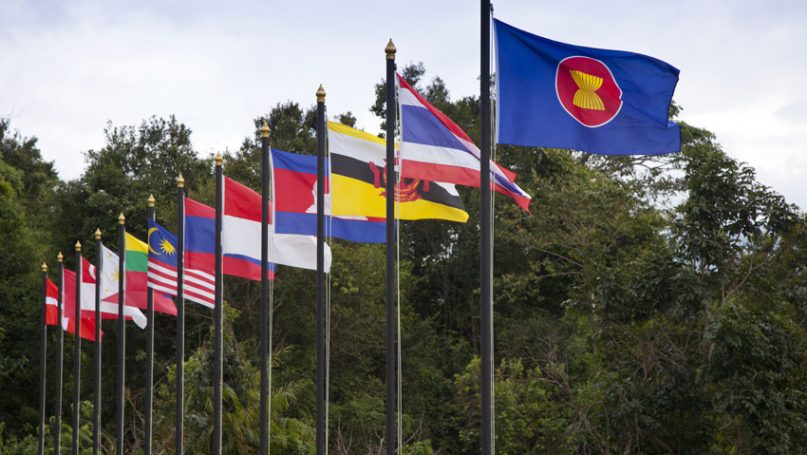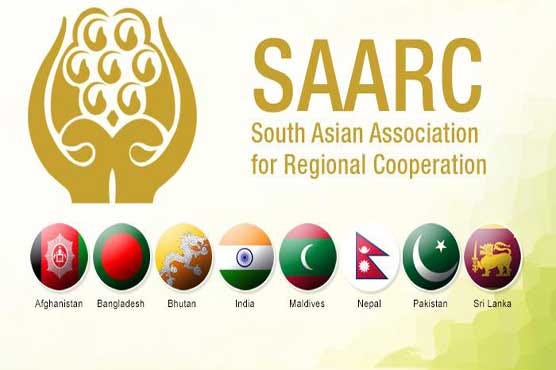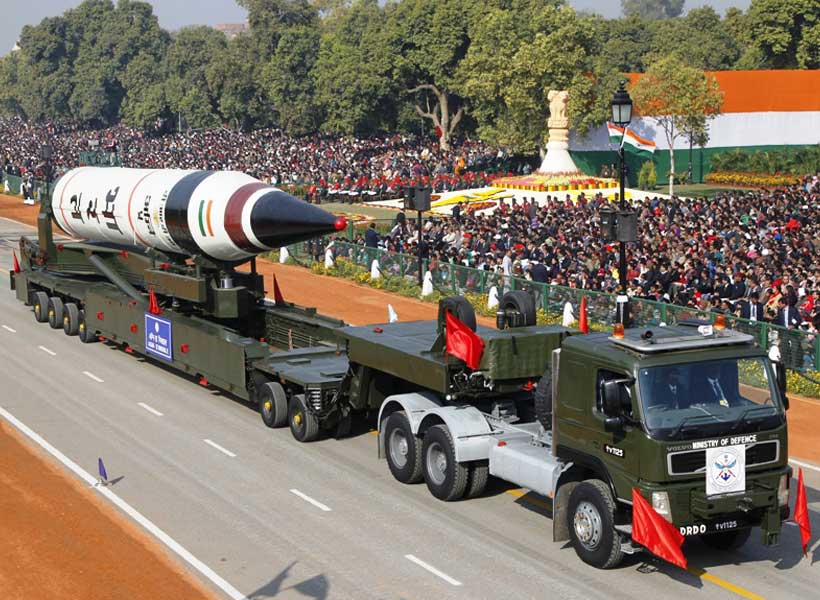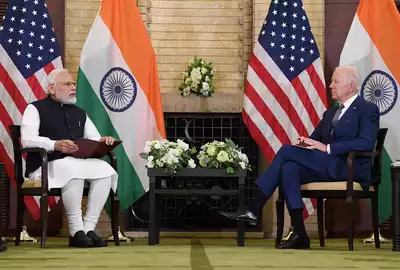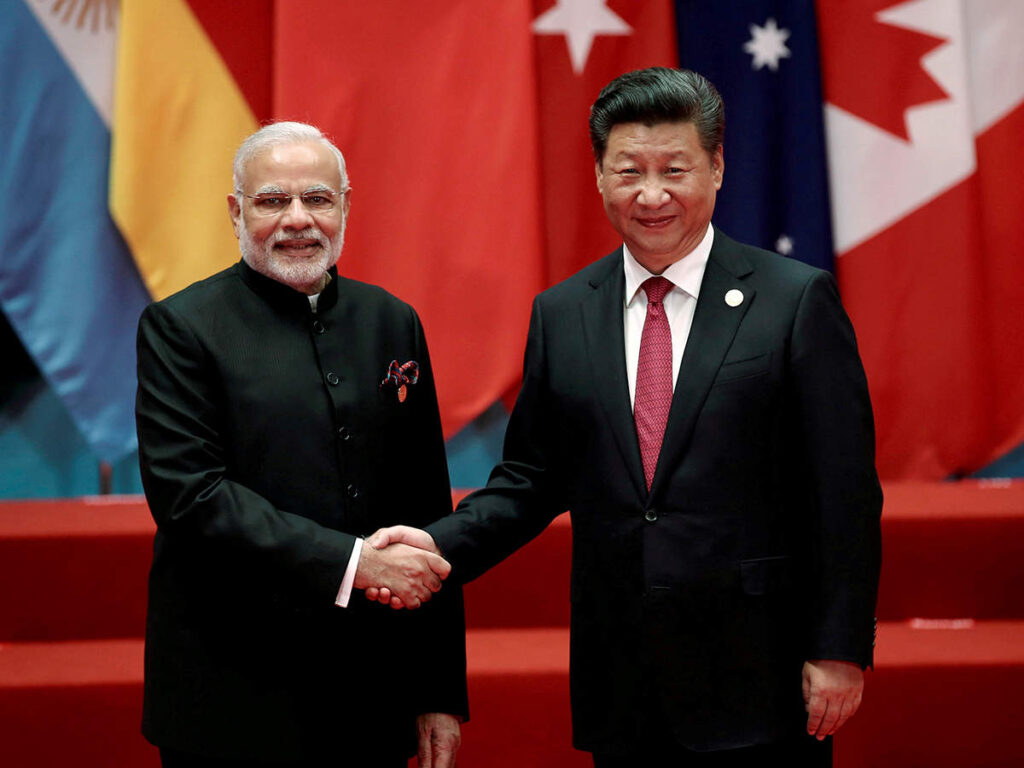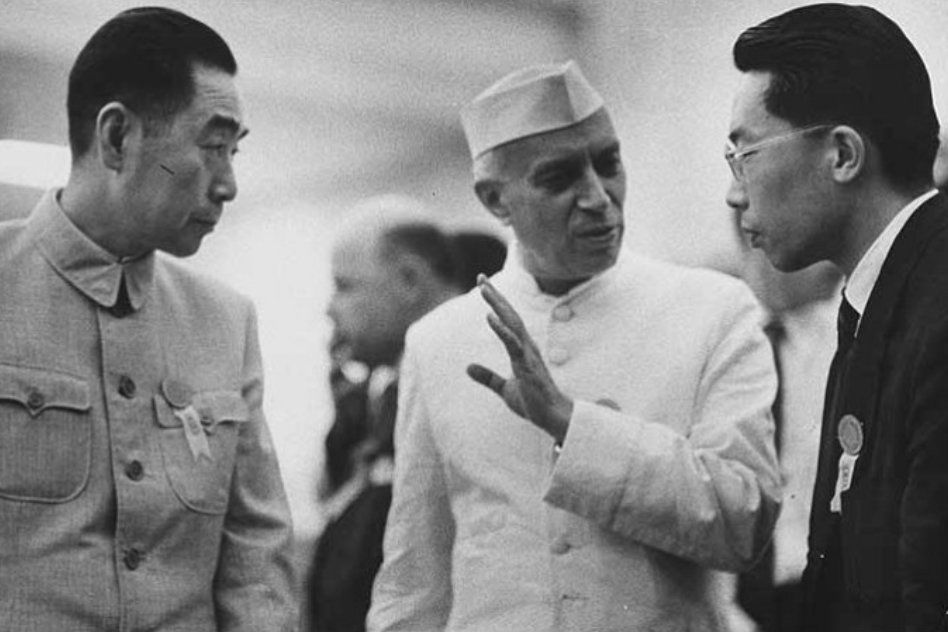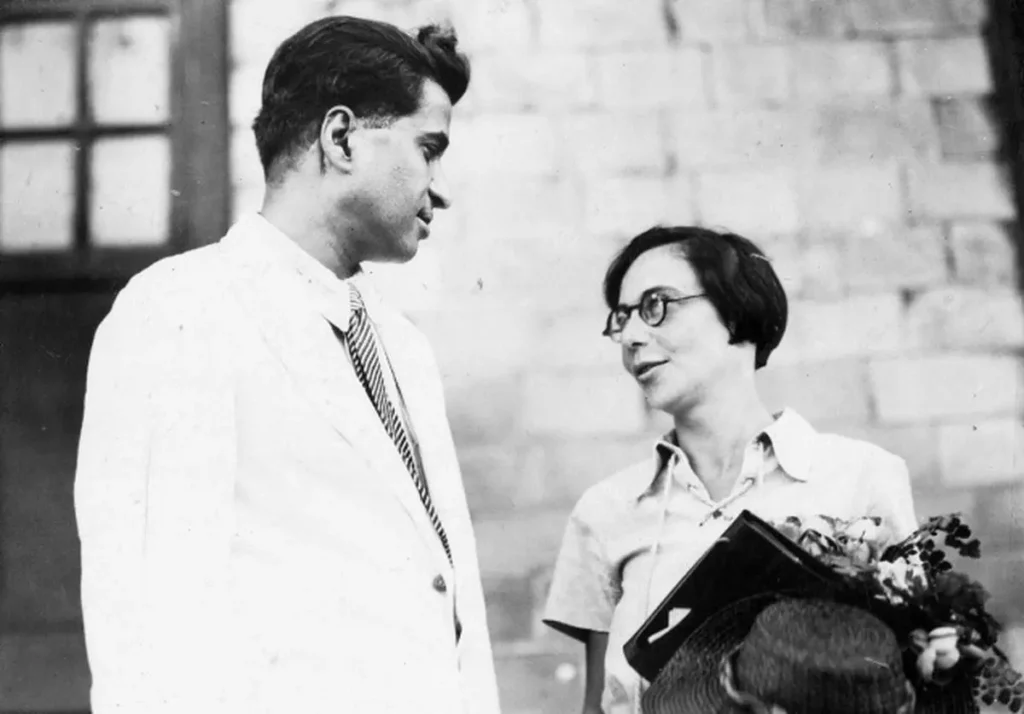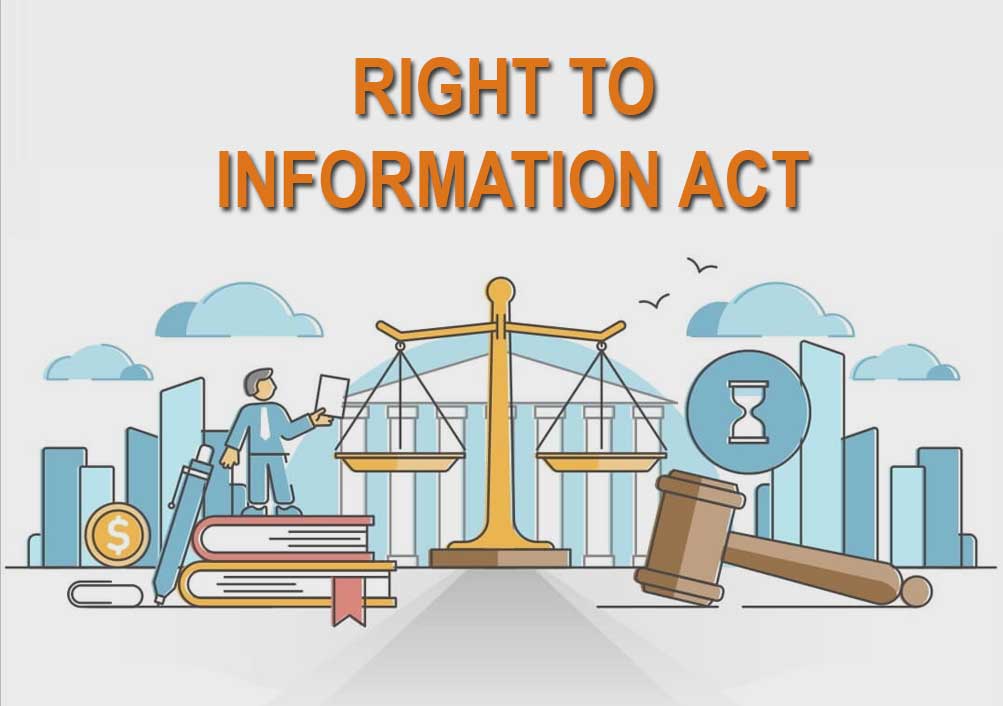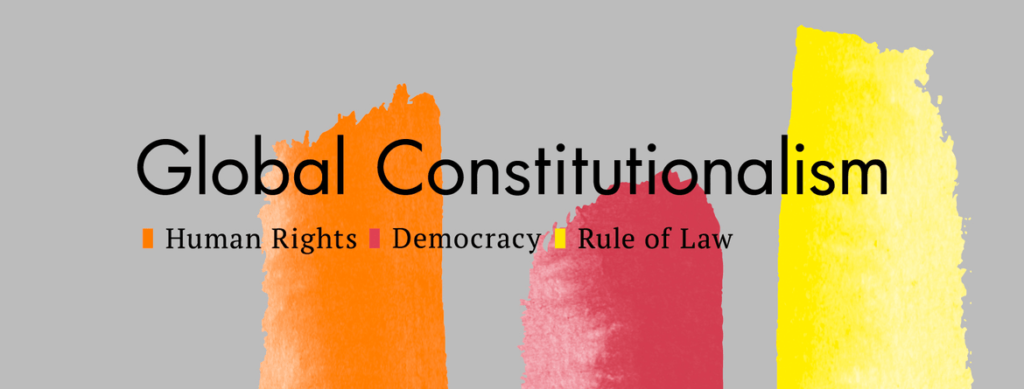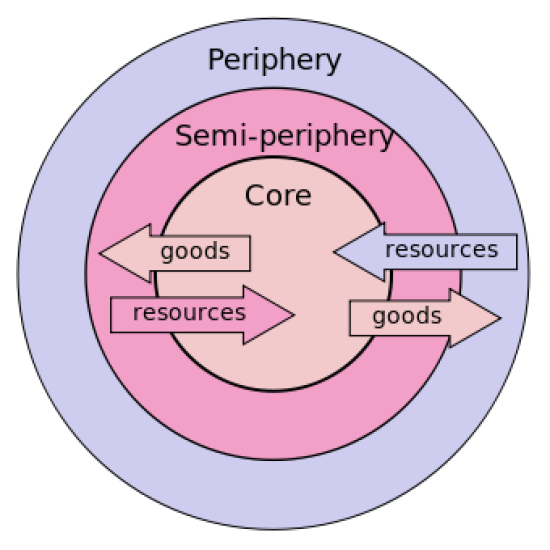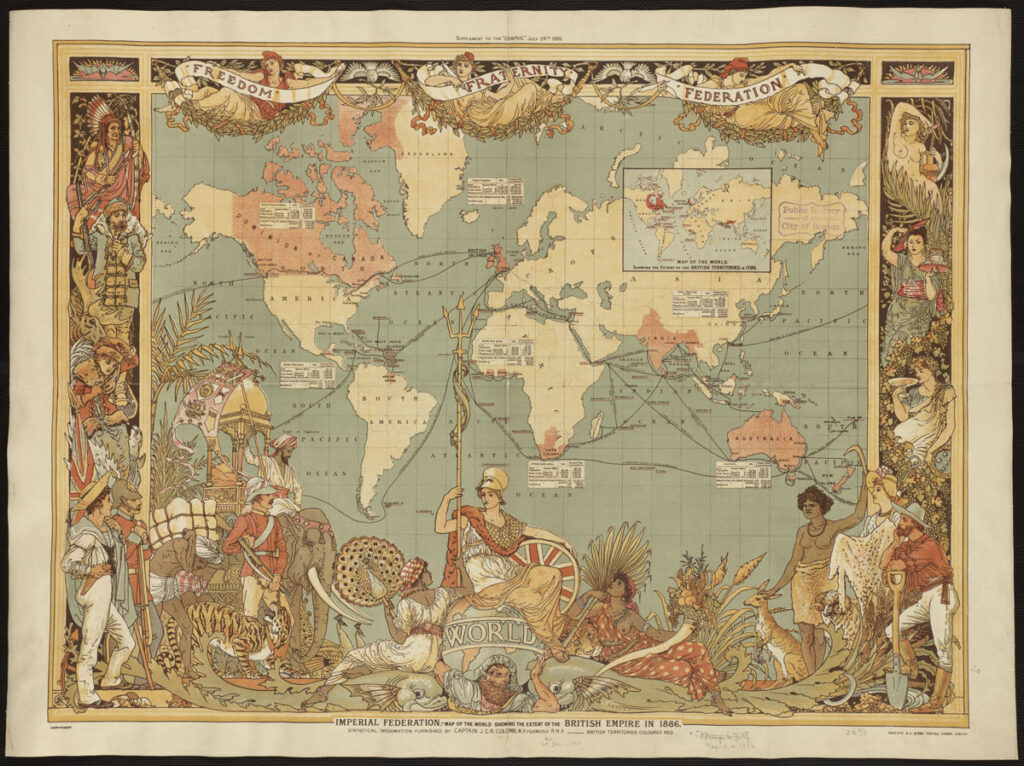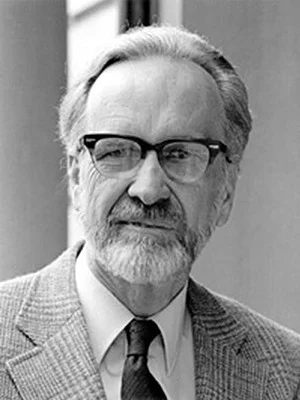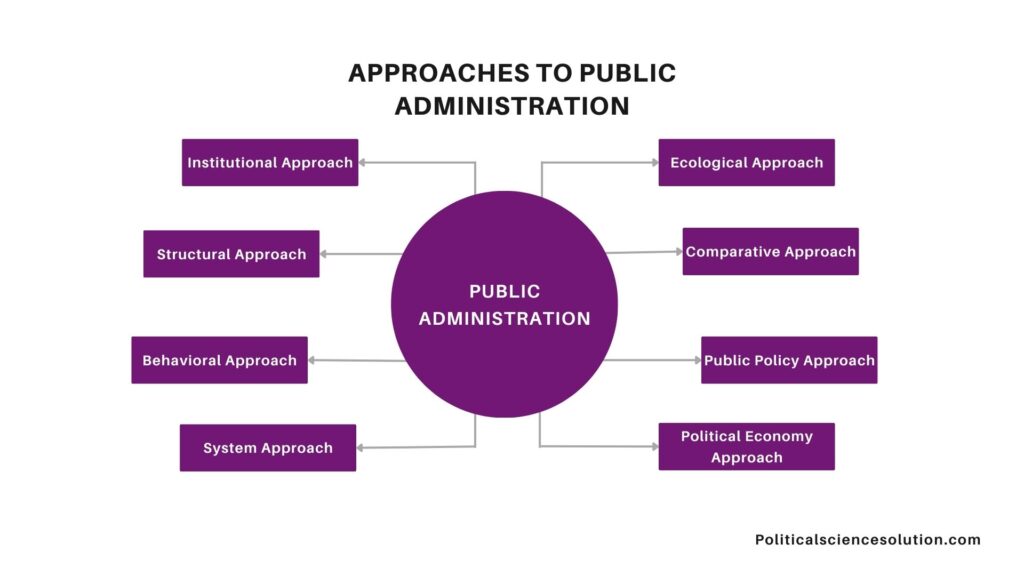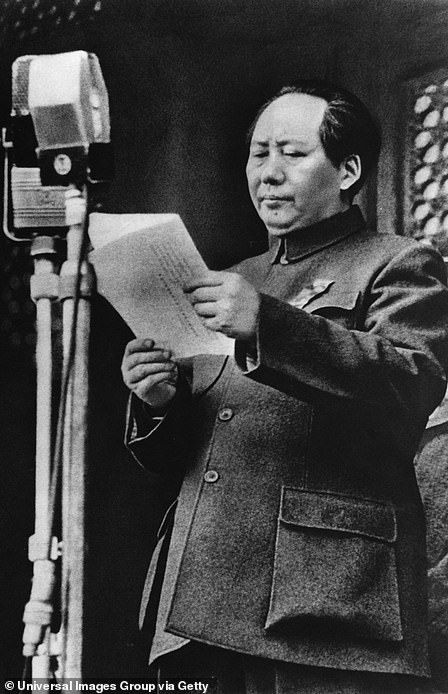Ensuring international peace necessitates the careful orchestration of arms control through diplomatic channels and the establishment of treaties. This comprehensive article meticulously examines key historical agreements, elucidating their origins, objectives, and lasting impacts on the global geopolitical landscape.
Table of Contents
Some Important International Treaties –
Treaty of Westphalia (1648):
- Culmination of the 30 Years War in 1648, with the Peace of Westphalia addressing religious conflicts.
- Embedded principles of Westphalian Peace: Sovereignty, Legal Equality, Non-Intervention.
- A pivotal moment in European history, shaping the concept of nation-states.
Treaty of Versailles (1919):
- Marked the conclusion of World War I, holding Germany accountable through the controversial War Guilt Clause.
- Imposed substantial penalties, including disarmament, territorial concessions, and reparations.
- Catalyzed transformative global shifts, influencing Woodrow Wilson’s 14 Points and the establishment of the League of Nations.
Treaty of Sevres (1920):
- Aimed at dissolving the Ottoman Empire and significantly diminishing Turkish sovereignty.
- Eventually supplanted by the Treaty of Lausanne (1923), recognizing Turkey and laying the groundwork for the Arab-Israeli Conflict.
- An intricate chapter in post-World War I territorial reconfigurations.
Geneva Protocol (1925):
- The Post-World War I treaty prevented the initial use of Chemical and Biological Weapons.
- Explicit prohibition of asphyxiating, poisonous gases, and bacteriological methods in warfare.
- Pioneering efforts towards restricting unconventional weapons in armed conflicts.
Antarctic Treaty (1959):
- Governed by the Antarctic Treaty, Antarctica is declared a natural reserve dedicated to peace and scientific pursuits.
- Enforced complete demilitarization of Antarctica, fostering a cooperative international research environment.
- A unique agreement preserving a vast, uninhabited region for the benefit of humanity.
Partial Nuclear Test Ban Treaty (1963):
- Prohibited nuclear weapons testing in the atmosphere, outer space, and underwater.
- While not curbing nuclear warhead development, coincided with a substantial decline in radioactive particle concentration.
- Signed by major powers in 1963, highlighting a critical step in global efforts towards nuclear non-proliferation.
Outer Space Treaty (1967):
- Prohibits the deployment of weapons of mass destruction, including nuclear weapons, in space.
- Forbids placing nuclear weapons in space.
- Restricts the use of the Moon and celestial bodies to peaceful purposes only.
- Declares that space is free for exploration and use by all nations, with no sovereignty claims allowed over outer space or celestial bodies.
- Does not ban military activities in space, military space forces, or the weaponization of space, except for the placement of weapons of mass destruction in space.
- Prohibits the establishment of military bases, testing weapons, and conducting military maneuvers on celestial bodies.
- Primarily a non-armament treaty with limited and ambiguous regulations for emerging space activities like lunar and asteroid mining.
Nuclear Non-Proliferation Treaty (NPT) 1968:
- Aims to limit the proliferation of nuclear weapons.
- Seeks to prevent the spread of nuclear weapons and technology.
- Encourages cooperation in the peaceful uses of nuclear energy.
- Fosters the goal of achieving nuclear disarmament and general disarmament.
- Five nuclear weapons states (NWS) agree not to transfer nuclear weapons technology; non-NWS states commit not to develop nuclear weapons.
- Opened for signature in 1968, entered into force in 1970, and extended indefinitely in 1995.
- Four UN member states (India, Israel, Pakistan, and South Sudan) have not accepted the NPT.
- NPT defines NWS as those conducting nuclear explosive tests before January 1, 1967 (United States, Russia, United Kingdom, France, and China).
- Additional measures, including export controls of the Nuclear Suppliers Group and enhanced verification measures of the International Atomic Energy Agency (IAEA) Additional Protocol, strengthen the NPT and nuclear nonproliferation regime.
Zangger Committee (1971):
- Also known as the Nuclear Exporters Committee.
- Originated from Article III.2 of the Treaty on the Non-Proliferation of Nuclear Weapons (NPT), which took effect on March 5, 1970.
- Established to enforce the requirement in NPT Article III.2 that International Atomic Energy Agency (IAEA) safeguards be applied to nuclear exports.
- Maintains and updates the Trigger List, a catalog of equipment that can only be exported if proper safeguards are applied to the recipient facility.
- Allows member nations to coordinate their approaches to issues related to nuclear exports, ensuring compliance with non-proliferation objectives.
Strategic Arms Limitation Treaty (SALT I) 1972:
- The first agreement between superpowers (U.S. and USSR) explicitly limiting the use of nuclear weapons.
- Imposed restrictions on the nuclear capabilities of both the United States and the Soviet Union.
- Prohibited the further production of Strategic Ballistic Missiles, contributing to arms control efforts during the Cold War.
- Limited the introduction of new intercontinental ballistic missile launchers and submarine-launched ballistic missiles, promoting stability in the nuclear arms race.
Biological Weapons Convention (1972):
- An international treaty aimed at preventing the development, production, and stockpiling of biological and toxin weapons.
- Mandates the destruction of existing biological weapons and requires nations to abandon offensive biological warfare programs.
- Represents a crucial step in global efforts to curb the proliferation of biological weapons and mitigate the potential humanitarian and environmental consequences of their use.
Nuclear Suppliers Group (NSG) 1975:
- Formed as a response to the Indian nuclear test in May 1974, the NSG is a multilateral export control regime.
- Comprises 48 participating governments committed to preventing nuclear proliferation by controlling the export of materials, equipment, and technology usable in the production of nuclear weapons.
- Focuses on regulating the transfer of nuclear-related items to non-nuclear-weapon states.
- Works to ensure that nuclear exports are conducted for peaceful purposes, contributing to global efforts to maintain nuclear nonproliferation norms.
Moon Treaty (1979):
- Prohibits the militarization of the Moon.
- An international agreement aimed at ensuring that celestial bodies, particularly the Moon, are used only for peaceful purposes.
- Establishes guidelines to prevent the Moon from becoming a platform for military activities.
Strategic Arms Limitation Treaty (SALT II) 1979:
- Despite negotiations, SALT II was never ratified.
- Intended to limit the production of long-range and intercontinental ballistic missiles (ICBMs).
- The treaty aimed to build on the achievements of SALT I and further reduce the arms race between the United States and the Soviet Union.
Australia Group (1985):
- An informal group assisting member countries in identifying exports that could contribute to the proliferation of chemical and biological weapons.
- Operates based on the No Undercut and Catch All Principles to enhance export controls.
- Implemented the “no-undercut” requirement in 2002, necessitating consultation before exporting to a state denied by another group member.
- Introduced the “catchall” provision, requiring member states to cease all exports that could be used in chemical or biological weapons programs.
- Delegations representing members meet annually in Paris, France.
- Currently has 43 members, including the European Commission.
Intermediate-Range Nuclear Forces Treaty (INF) 1987:
- Signed between the United States and the Soviet Union in 1987.
- Aimed at eliminating intermediate-range and shorter-range missiles.
- Both nations agreed to eliminate ground-launched missiles within the range of 500 – 5500 km within three years.
- Included provisions preventing the development, production, or deployment of such missiles in the future.
- The United States formally withdrew from the INF Treaty.
Missile Technology Control Regime (MTCR) 1987:
- Established by G7 countries to prevent the proliferation of missile and unmanned aerial vehicle (UAV) technology.
- An informal and voluntary partnership among 35 countries.
- Aims to control the transfer of technology capable of carrying a payload of more than 500 kg for a distance exceeding 300 km.
- India became a signatory to MTCR in June 2016, demonstrating its commitment to non-proliferation efforts.
Strategic Arms Reduction Treaty I (START I) – 1991
- START I was signed between the United States and the Soviet Union on July 31, 1991.
- It aimed to reduce and limit the number of strategic nuclear weapons deployed by each side.
- The treaty set specific limits on the number of strategic nuclear delivery vehicles and warheads.
Strategic Arms Reduction Treaty II (START II) – 1993
- START II was a follow-up treaty to START I, intended to further reduce nuclear arsenals.
- One of its key provisions was the prohibition of intercontinental ballistic missiles (ICBMs) with multiple independently targetable reentry vehicles (MIRVs).
- However, START II was never fully implemented, and both the U.S. and Russia withdrew from it in 2002.
Chemical Weapons Convention – 1993
- The Chemical Weapons Convention (CWC) is a global treaty that prohibits the development, production, acquisition, stockpiling, retention, transfer, and use of chemical weapons.
- It entered into force on April 29, 1997, and it currently has over 190 member states.
- The Organization for the Prohibition of Chemical Weapons (OPCW) is responsible for overseeing the implementation of the CWC.
Wassenaar Agreement – 1996:
- The Wassenaar Agreement is a multilateral export control regime that focuses on controlling the export of conventional arms and dual-use goods and technologies.
- It was established to prevent the proliferation of weapons of mass destruction and to contribute to regional and international security and stability.
- Although not legally binding, participating states agree to adhere to its guidelines voluntarily.
Comprehensive Test Ban Treaty (CTBT) – 1996:
- The CTBT aims to prohibit all nuclear explosions for both civilian and military purposes.
- It was adopted by the United Nations General Assembly in 1996 but has not entered into force.
- For the CTBT to become effective, 44 specific countries, including the United States, China, India, Pakistan, and North Korea, must ratify it. As of my knowledge cutoff in January 2022, some key countries, including the United States, have not ratified it.
Pelindaba Treaty (1996):
- Also known as the African Nuclear Weapon Free Zone Treaty.
- Aims to establish a Nuclear Weapons Free Zone in Africa.
- Prohibits any attack against nuclear installations in the zone by the parties to the treaty.
Other Nuclear Free Zone Treaties:
- Treaty of Tlatelolco (1967): Covers Latin America and the Caribbean.
- Treaty of Rarotonga (1985): Encompasses the South Pacific.
- Treaty of Bangkok (1995): Pertains to Southeast Asia.
- Treaty of Semipalatinsk (2006): Relates to Central Asia.
Hague Code of Conduct (2002):
- Also known as The International Code of Conduct against Ballistic Missile Proliferation.
- Aims to prevent the proliferation of ballistic missiles.
- Does not ban ballistic missiles but calls for restraint on their production, testing, and export.
- India joined on June 1, 2016, and there are 138 total members.
New START Treaty (2010):
- Signed between the United States and Russia.
- Nuclear arms reduction treaty.
- Calls for halving the number of strategic nuclear missile launchers.
- Expected to last until February 5, 2026, with an extension in 2021.
Nuclear Weapons Ban Treaty (2017):
- Also known as the Treaty on the Prohibition of Nuclear Weapons (TPNW).
- Adopted in 2017 by the United Nations General Assembly, entered into force on January 22, 2021.
- The first legally binding international agreement to comprehensively prohibit nuclear weapons with the ultimate goal of their total elimination.
- Prohibits a full range of nuclear weapons-related activities.
- For nuclear-armed states joining the treaty, it outlines a time-bound framework for negotiations leading to the verified and irreversible elimination of their nuclear weapons program.
- Passed with 122 in favor, 1 against (Netherlands), and 1 official abstention (Singapore).
- As of September 22, 2022, 68 states have ratified or acceded to the treaty, including the Democratic Republic of the Congo and the Dominican Republic.
Conclusion
In conclusion, it is asserted that security cannot be attained solely through the persistent dependence on weapons. Instead, the key lies in international cooperation, emphasizing the development and maintenance of effective, binding, and verifiable multilateral agreements, as embodied in the peaceful regimes of disarmament and arms control. This perspective posits that a collaborative approach, fostering trust and transparency on a global scale, is crucial for achieving lasting stability and reducing the potential for conflicts. The various arms control treaties serve as examples of multilateral agreements that provide a framework for nations to collectively work towards common goals, contributing to the creation of a safer and more secure world.

